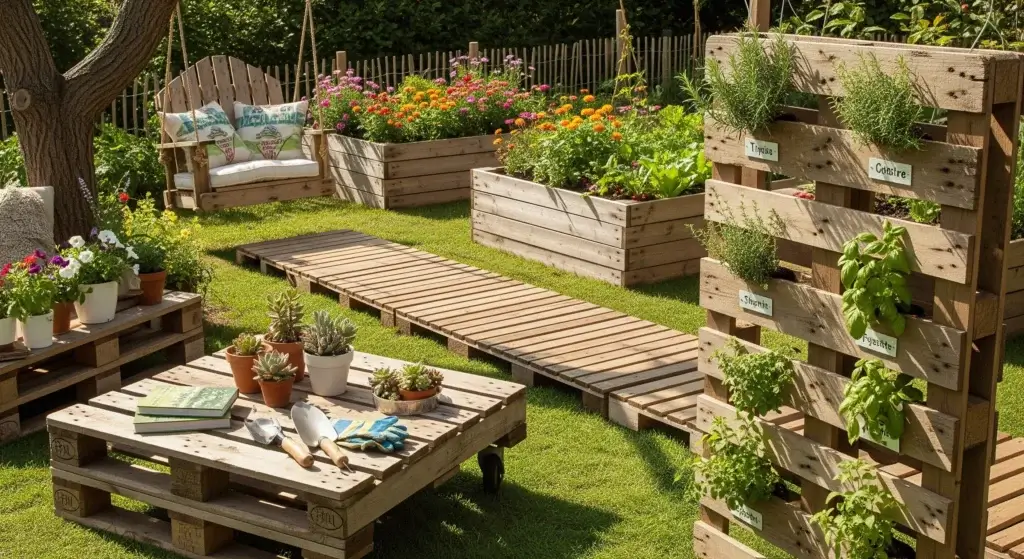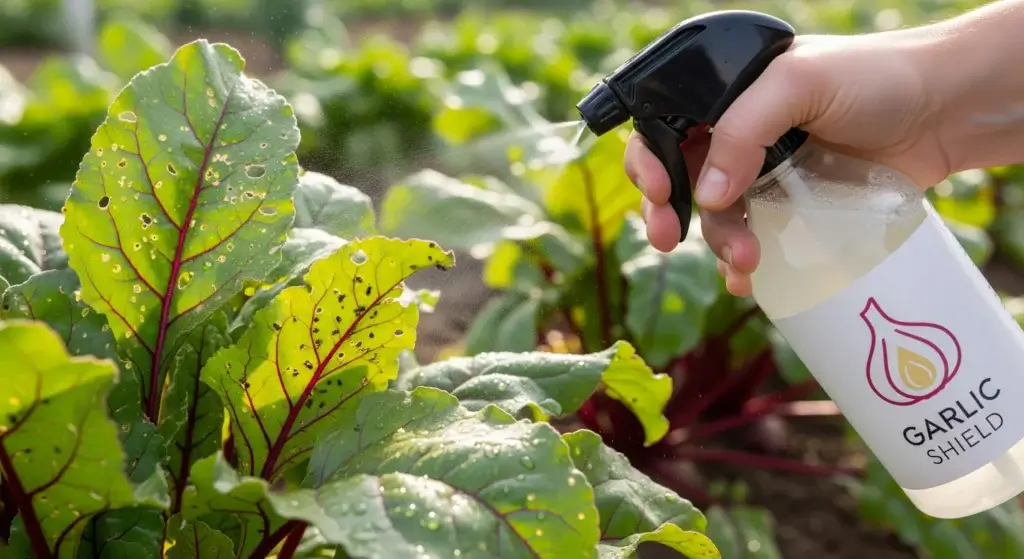
If you’ve always dreamed of growing your own fruits, vegetables, or flowers regardless of the season, building your own greenhouse can make that dream a reality.
A DIY greenhouse allows you to extend your growing season, protect your plants from harsh weather, and create an ideal environment for gardening.
The best part?
You don’t need to be an expert carpenter or gardener to build one!
This guide will walk you through everything you need to know about constructing and maintaining a DIY greenhouse as a beginner.
What is a Greenhouse?
A greenhouse is a structure that traps sunlight and uses it to create a warm, controlled environment for plants.
Whether it’s made of glass, plastic, or other materials, a greenhouse allows sunlight in and helps retain heat, keeping the inside temperature warmer than the outside.
This makes it possible to grow plants that wouldn’t normally survive in your local climate, especially during colder months.
Greenhouses also protect plants from weather elements like wind, frost, and heavy rain, while keeping pests at bay.
Whether you’re starting seeds in spring or growing cold-sensitive crops in winter, a greenhouse can greatly increase your success as a gardener.
- Read also: Sustainable Style: DIY Garden Decor Ideas From Old Tires
- Read also: Grow Your Own! DIY Vegetable Garden for Beginners

Tools and Materials Needed
Building a DIY greenhouse doesn’t have to be expensive or complicated.
Here’s a basic list of tools and materials that most beginners will need for a small to medium-sized greenhouse:
Tools
- Measuring tape
- Saw (hand or electric)
- Drill and screws
- Level
- Staple gun
- Hammer and nails
- Utility knife
Materials
- Frame material: This can be wood (affordable and easy to work with), PVC pipes (lightweight and flexible), or metal (more durable).
- Cover material: Polyethylene plastic is the most popular choice due to its affordability and effectiveness at trapping heat. Polycarbonate panels are another option for more permanent greenhouses.
- Base material: Gravel or wooden planks to create a stable foundation.
- Door and windows: For ventilation and access.
- Brackets or connectors: To attach the frame securely.

Step-by-Step Construction Guide
Building a greenhouse at home may seem like a big task but breaking it down into easy steps makes it much more manageable.
In just a weekend, you can create a space where you can grow plants all year round.
Choose the right spot
Pick a location in your yard that gets plenty of sunlight—ideally, at least 6 to 8 hours of direct sunlight each day.
Make sure the ground is level and not prone to water collecting after rain.
Try to avoid areas close to large trees or buildings, as they can block the sunlight your plants will need.
Measure and plan
Before you begin construction, decide on the size of your greenhouse.
A good beginner size might be 6×8 feet—small enough to manage but large enough to grow a variety of plants.
It’s helpful to sketch your design on paper or use an online tool.
Make sure you plan for ventilation by including doors and windows to help control the temperature and humidity inside.
Build the base
A sturdy base is crucial for supporting your greenhouse.
You can use gravel or wooden planks to create a flat surface.
For something more permanent, you can pour a concrete foundation, but for beginners, a wooden frame secured with stakes in the ground works just fine.
The key is to ensure the base is flat and stable.
Construct the frame
Now it’s time to build the frame. If you’re using wood, cut your pieces to the right lengths and fasten them together with screws and brackets.
For a lighter option, you can use PVC pipes, connecting them with fittings to create arches or a rectangular shape.
Whatever material you choose, ensure the frame is sturdy and level to avoid future issues.
Cover the frame
With the frame up, it’s time to add the covering.
You can use polyethylene plastic or polycarbonate panels—both are popular choices for greenhouses.
If you use plastic, make sure it’s pulled tight and secured with staples or clips, but not so tight that it tears.
Be careful to avoid any gaps, as you don’t want air or moisture sneaking in or out.
Add doors and windows
Good ventilation is essential in a greenhouse to prevent it from getting too hot inside.
Make sure to install at least one door and add some windows or vents that can be opened to let fresh air in.
This keeps the temperature stable and prevents your plants from overheating.
Install shelves or benches
To make the most of your space, add shelves or benches inside the greenhouse to place your plants on.
You can also set pots directly on the ground, but raised beds or shelves improve air circulation and make it easier to tend to your plants without bending over as much.

Tips for Maintaining Your Greenhouse
Building your greenhouse is just the beginning. Proper maintenance will ensure it remains functional and productive for years to come.
Here are a few tips:
Temperature control
Greenhouses can easily get too hot, especially during sunny days or in warmer months.
To prevent overheating, make sure to use vents, doors, or even a fan to keep the air moving.
For larger greenhouses, you might want to install an automatic vent opener that adjusts the temperature for you.
Watering
Because it gets warm inside a greenhouse, plants tend to dry out faster, so regular watering is crucial.
If you want to save time and effort, consider setting up a drip irrigation system.
This ensures your plants get the water they need without overwatering.
Pest management
While greenhouses offer some protection, they aren’t pest-proof.
Watch out for common pests like aphids and whiteflies.
You can use natural pest control methods like neem oil or introduce beneficial insects, such as ladybugs, to help keep the pests in check.
Cleaning
A clean greenhouse is a healthy greenhouse.
Sweep the floors regularly and clean the inside of the plastic or glass walls to allow sunlight to shine through properly.
This helps prevent the growth of mold and mildew, ensuring your plants thrive.

- Read also: The Beginner’s Guide: Build DIY Hydroponic Vegetable Garden
- Read also: Beginner’s Guide: DIY Eco-Friendly Upcycled Container Garden
Final Thoughts
Building your own greenhouse is a rewarding project that lets you garden all year, no matter the weather.
It’s not just about growing your own plants—it’s also a great way to save money and live more sustainably.
With some basic tools, a solid plan, and a bit of time over a weekend, you can set up a greenhouse that will help your plants thrive for years to come.
Plus, there’s something incredibly satisfying about watching your garden grow from the comfort of your own space!



